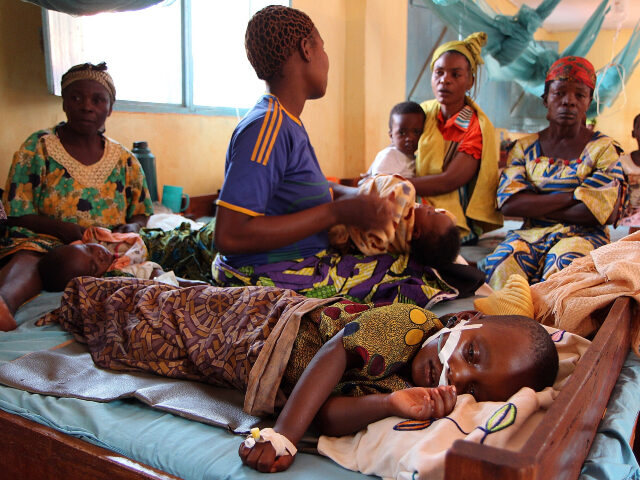The once venerable Lancet medical journal alleges this week the “impact of climate change on malaria is becoming increasingly evident.”
Global warming is responsible for “spreading vectors” as well as “increased transmission after floods,” the UK journal asserts in its most recent issue.
Citing the Intergovernmental Panel on Climate Change, the Lancet proposes that “51–62 million people will be at risk of malaria in eastern and southern Africa by the 2030s because of global warming.”
Yet the threat of increased malaria transmission from climate change is already palpable, the article declares, as evidenced by “spikes in the disease after severe flooding in Pakistan and Mozambique” and “the first local transmission of malaria in the USA in 20 years.”
Confidently linking the first recent U.S. transmission of malaria to manmade global warming is a remarkable scientific feat, one that a lesser publication than the Lancet would surely shy away from.
The journal acknowledges that the El Niño weather phenomenon (which predates global warming by centuries) is set to cause “a surge in global temperatures and disruptive climate patterns that could allow malaria-carrying mosquitoes to thrive,” but then promptly returns to the question of climate change.
The political weaponization of the field of medicine is very, very troubling https://t.co/NSRmRQazl5
— Breitbart News (@BreitbartNews) August 22, 2020
“Several researchers are already working on new tools to predict the impacts of global warming and extreme weather events on malaria,” it assures its readers.
Even here, however, the Lancet admits that the effects of changing climate are not entirely clear, so while warmer temperatures may speed up the growth cycle of the malaria parasite in the Anopheles mosquito, extreme temperatures and low rainfall could actually “reduce malaria transmission in some areas.”
The article then proposes that increased climate-induced migration could also lead to more malaria transmission in some places “if people with low immunity to malaria move to malaria-endemic areas.”
Extreme weather events, or what the Lancet refers to as “climate-related disasters,” can also increase the risk of malaria, the article contends, since such events can produce stagnant floodwaters that make for perfect mosquito breeding grounds.
“Experts fear that climate disasters and severe weather events could soon increase, with subsequent effects for malaria,” the Lancet warns.

Health officials at Sarasota County Mosquito Management Services study specimens of anopheles mosquitoes that cause malaria, in Sarasota, Florida on June 30, 2023. (CHANDAN KHANNA/AFP via Getty Images)
There is, however, hope on the horizon, the journal asserts, and “awareness about climate change and malaria could soon improve as W.H.O. has plans to highlight the topic in the coming months.”
“World Malaria Report 2023, to be published in December, will include a chapter on malaria and climate change for the first time,” and the W.H.O. will convene “a technical expert group on climate change and malaria” in 2024 to review available evidence and recommend “an official position for WHO on the impact of climate change on malaria.”
That is indeed good news for climate alarmists everywhere. There is nothing like “an official position for WHO on the impact of climate change on malaria” to stymie the pernicious effects of global warming.

COMMENTS
Please let us know if you're having issues with commenting.